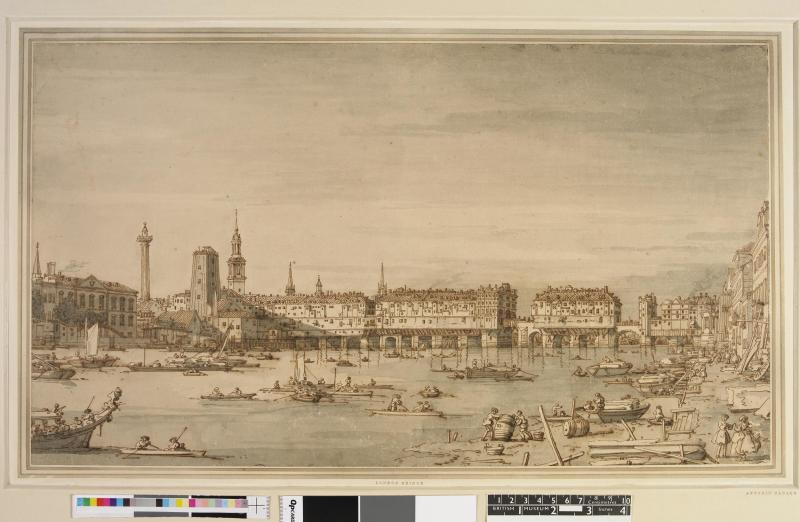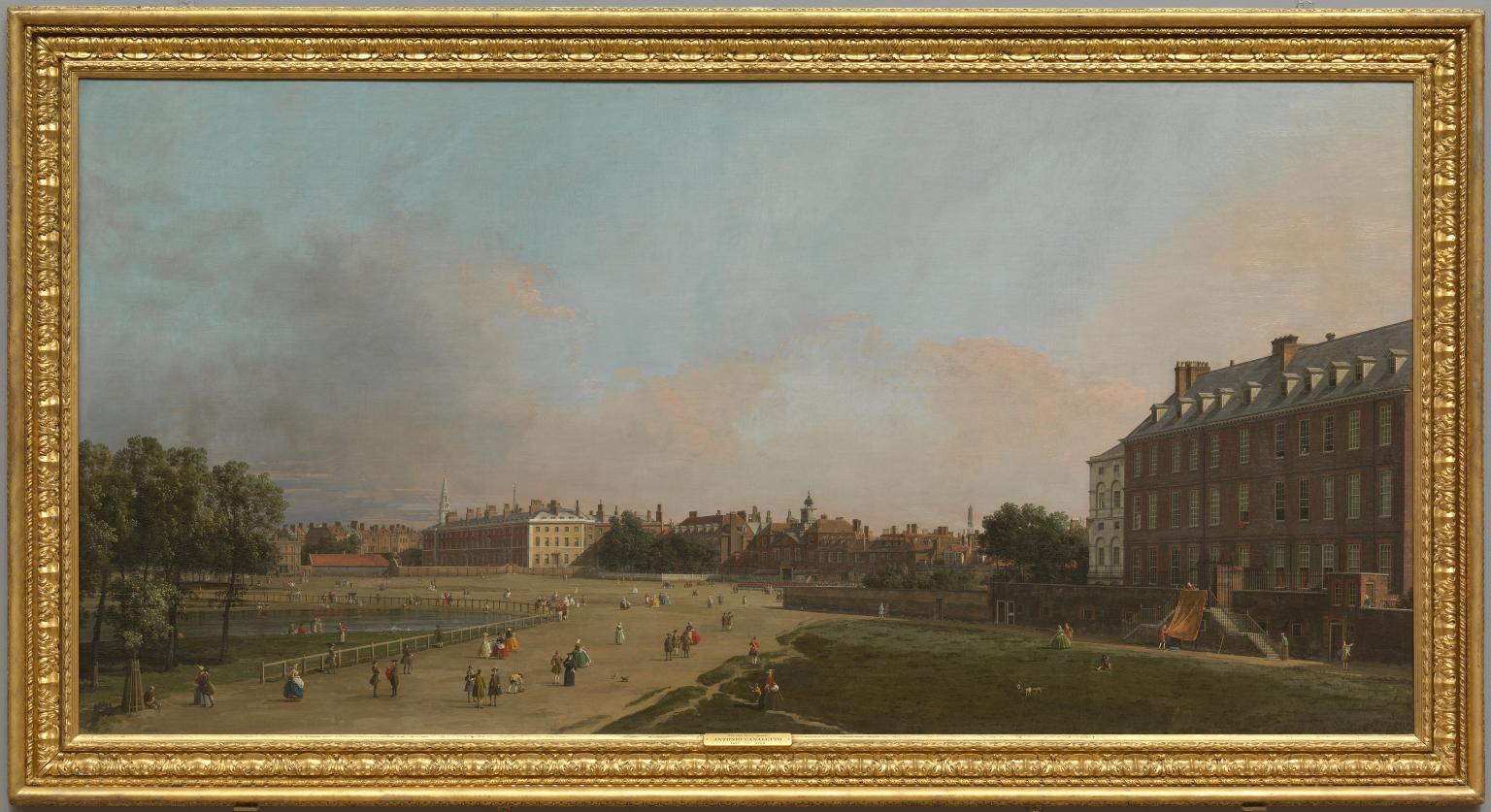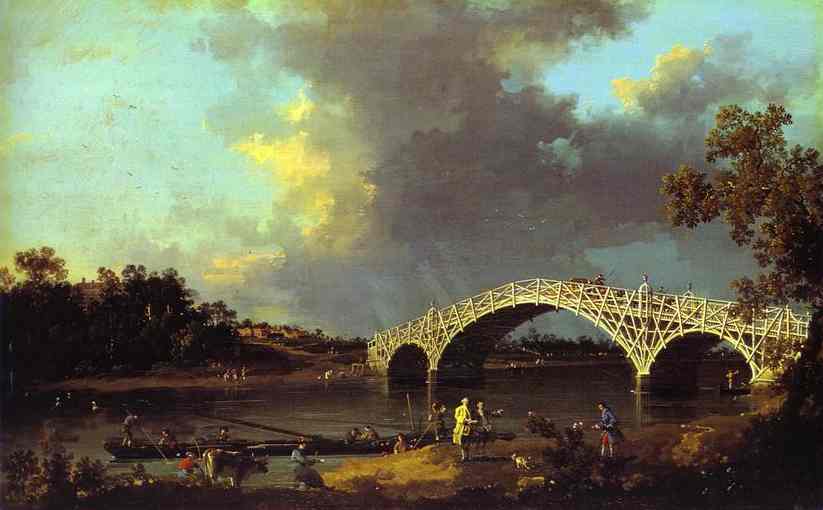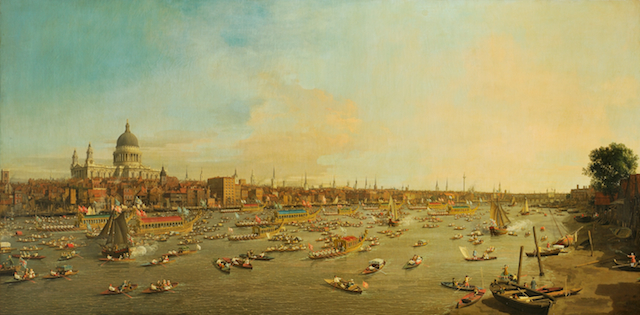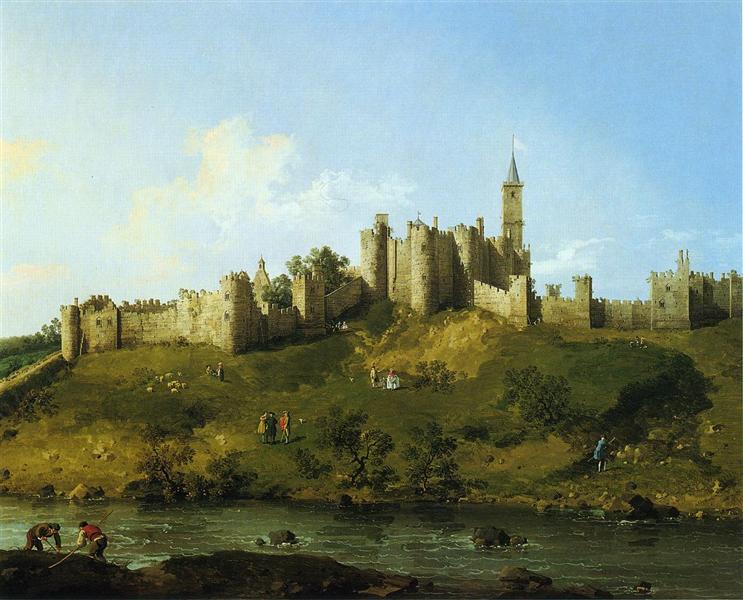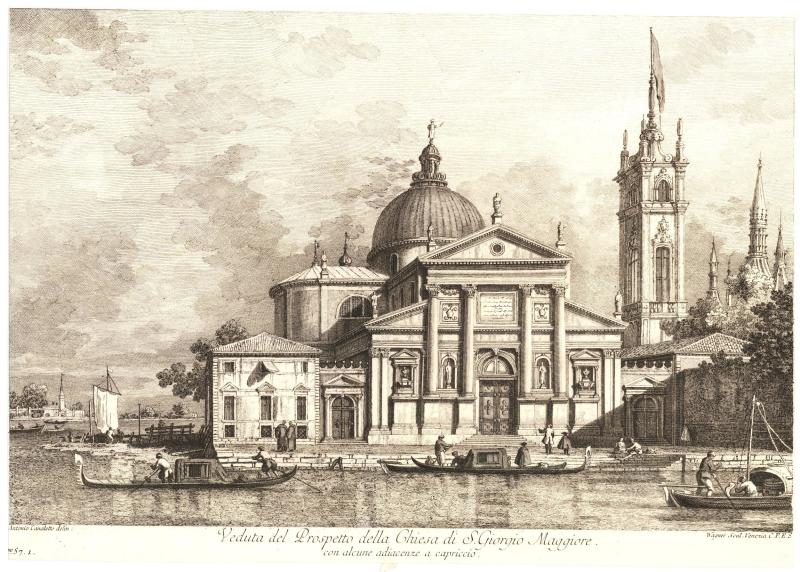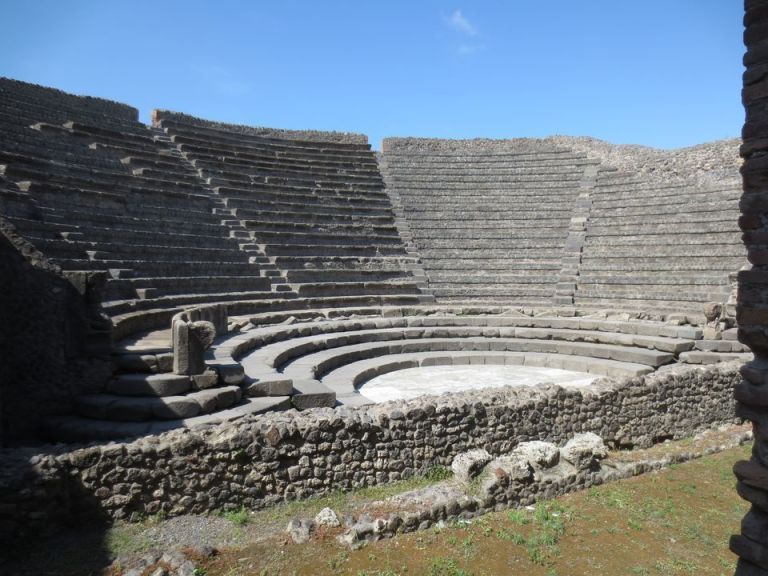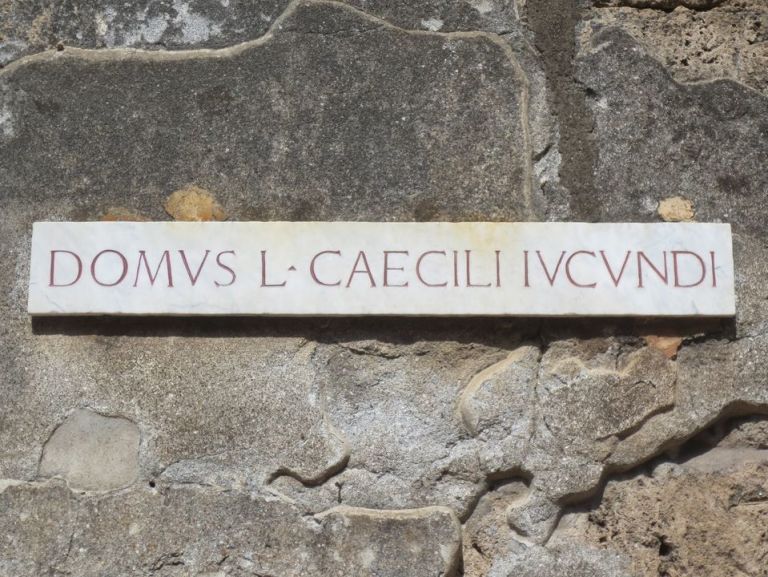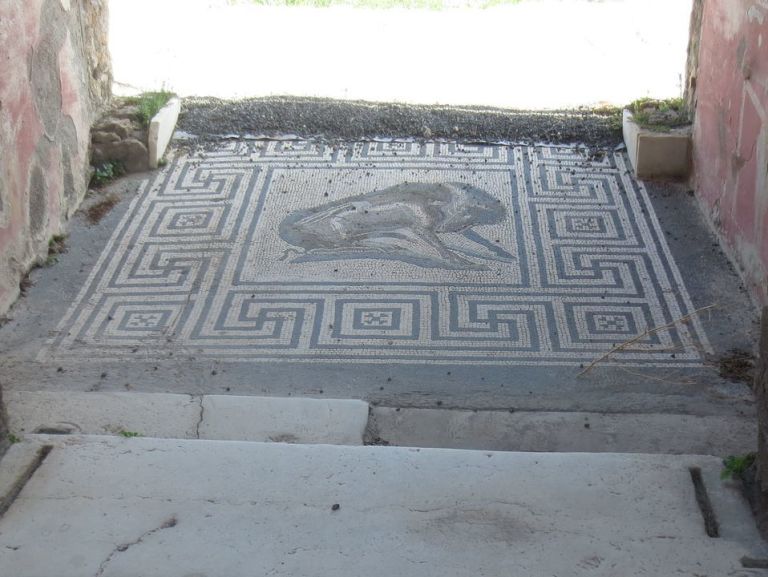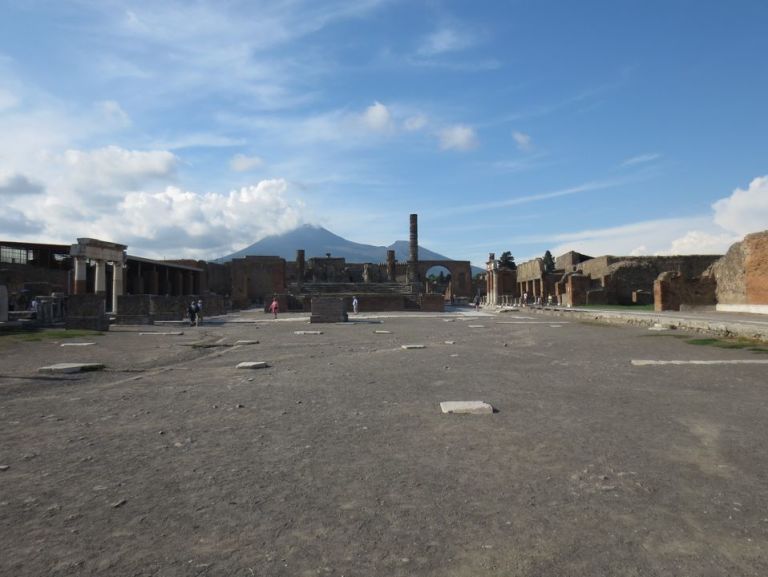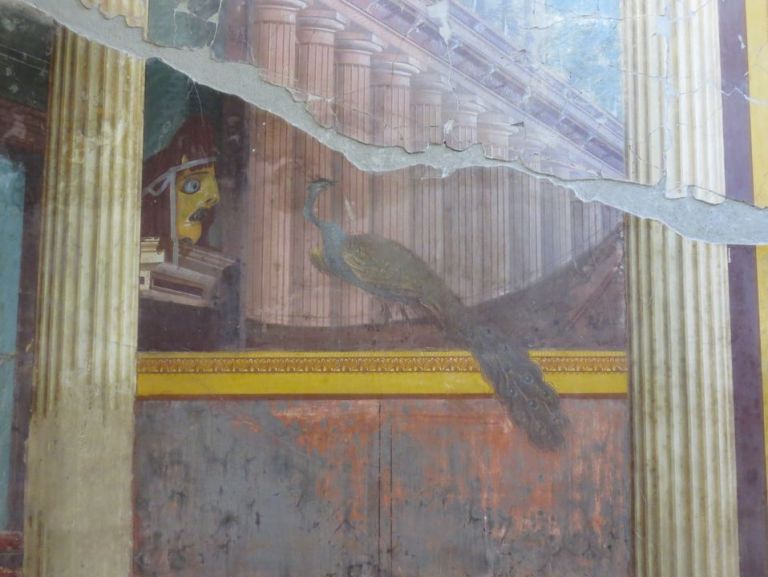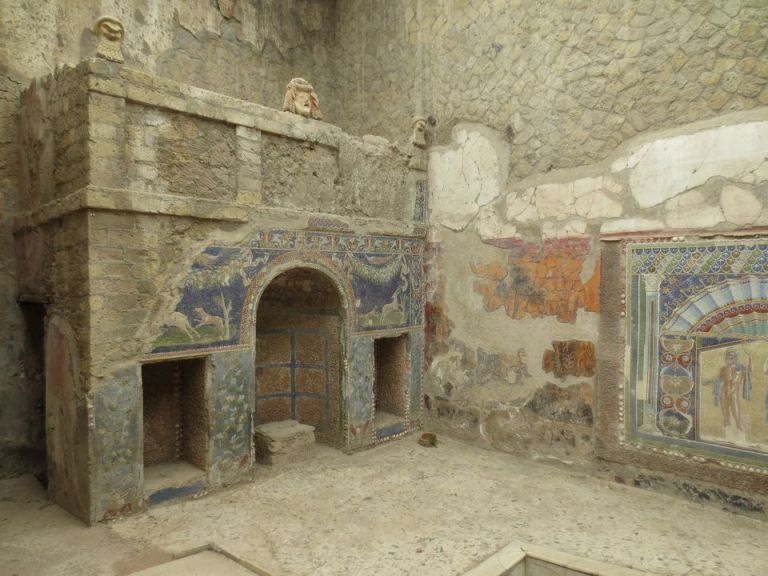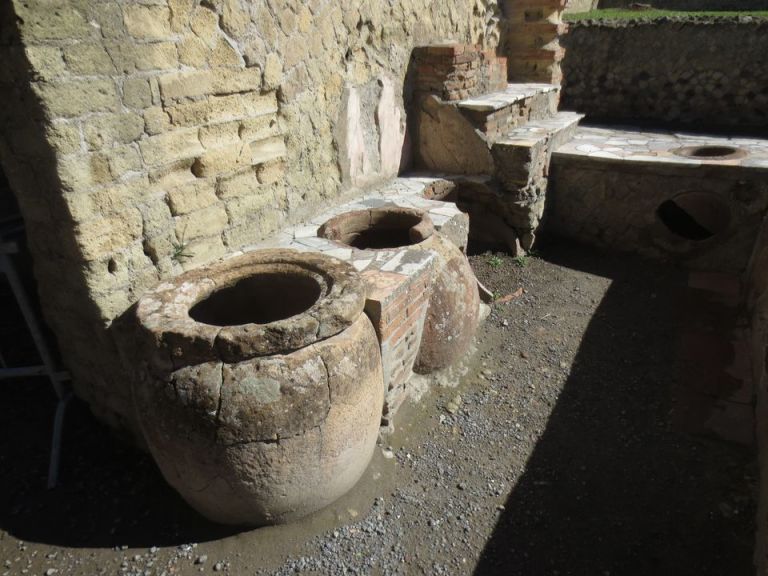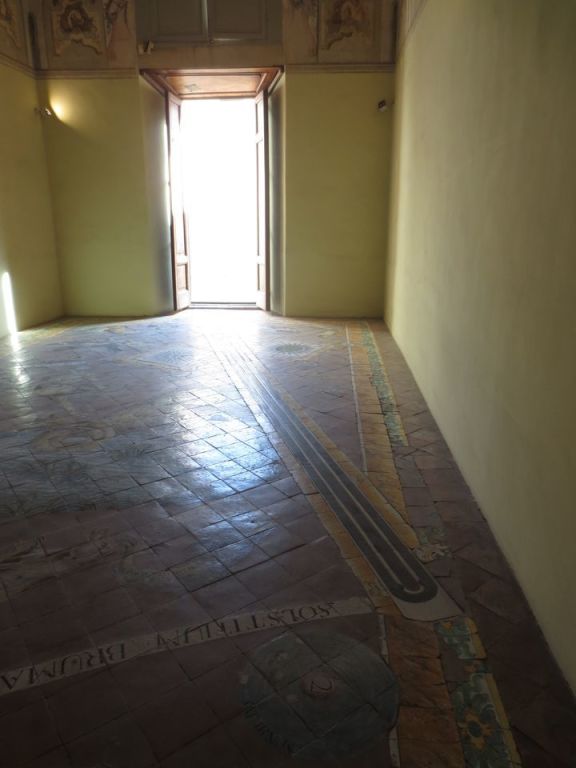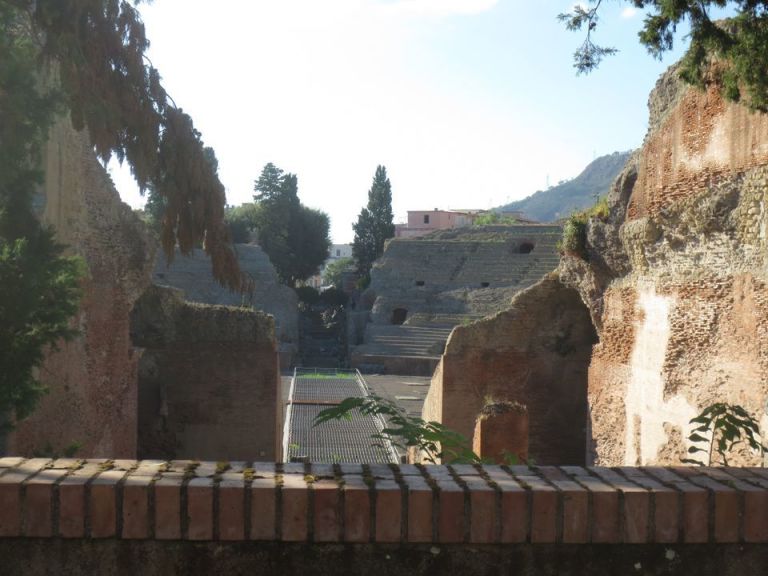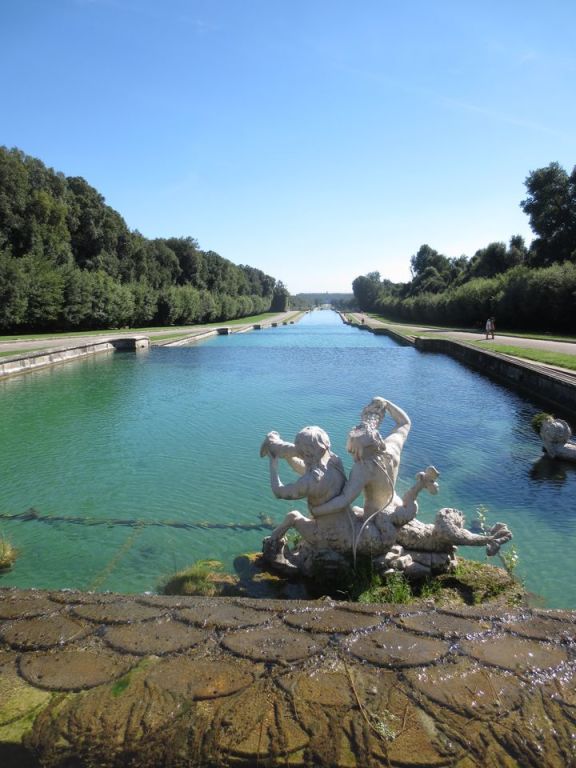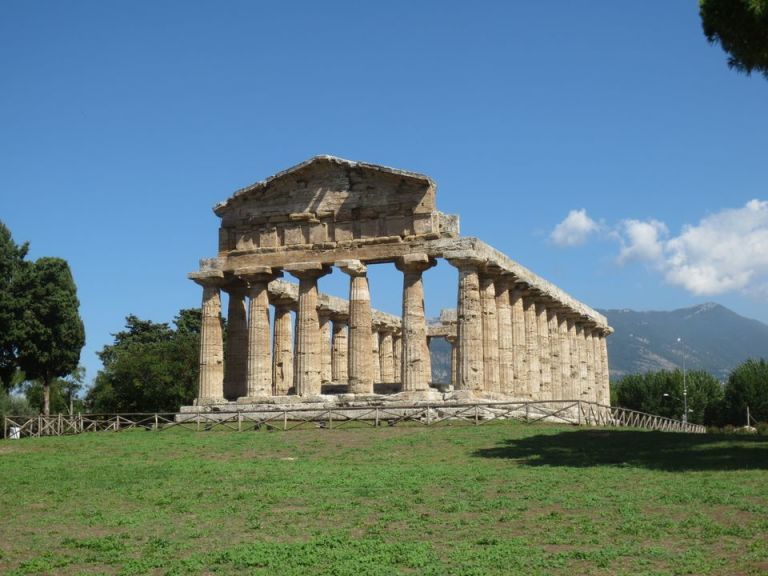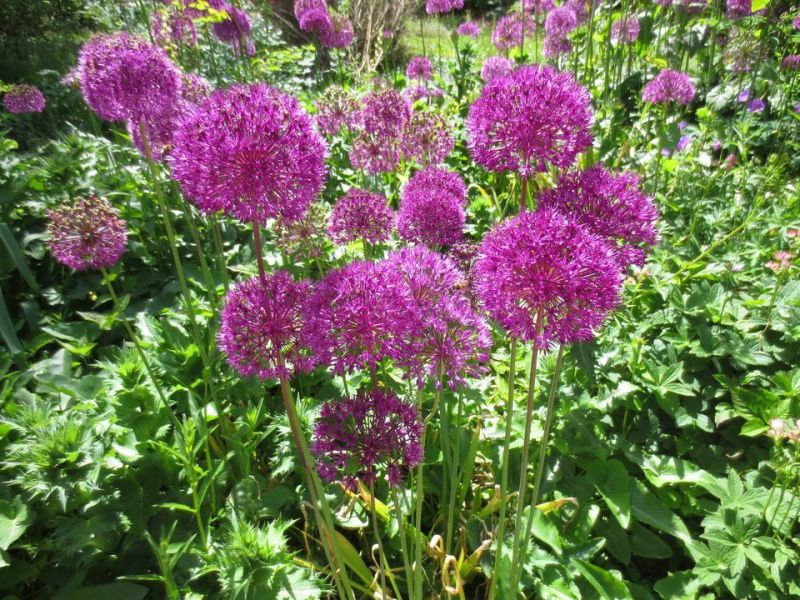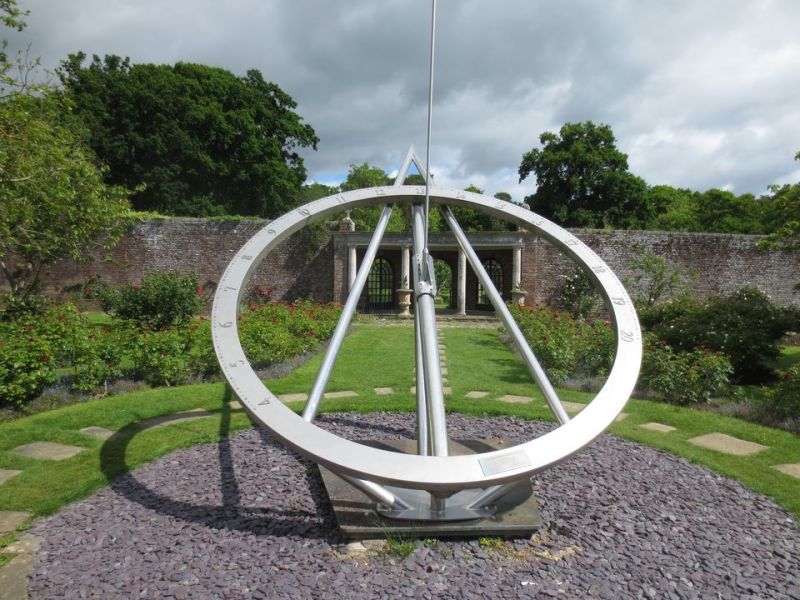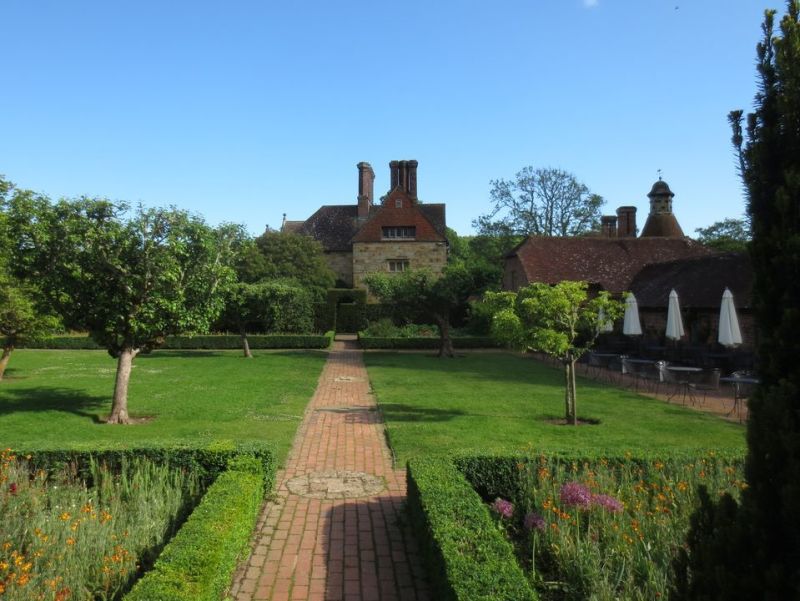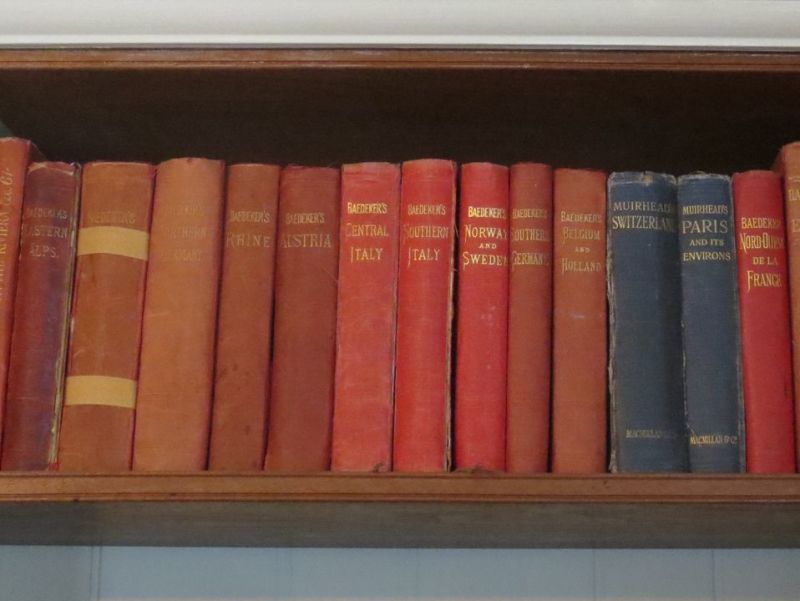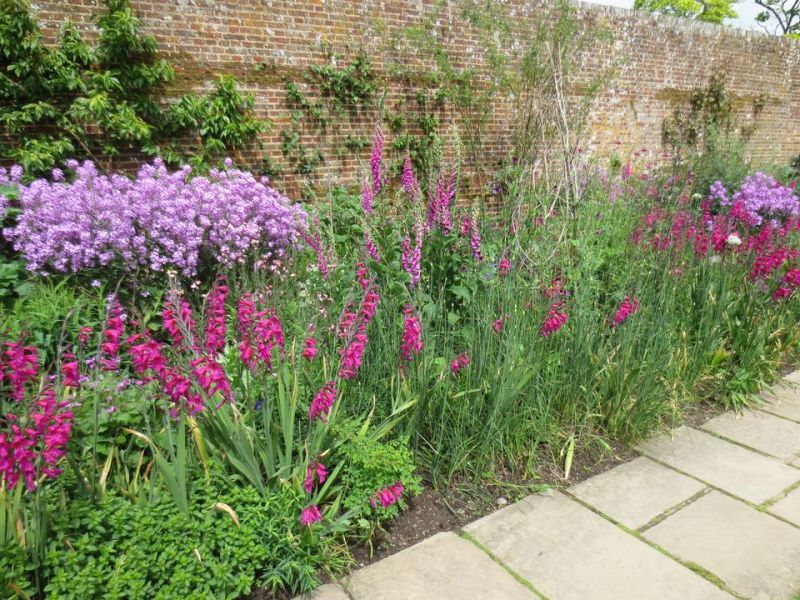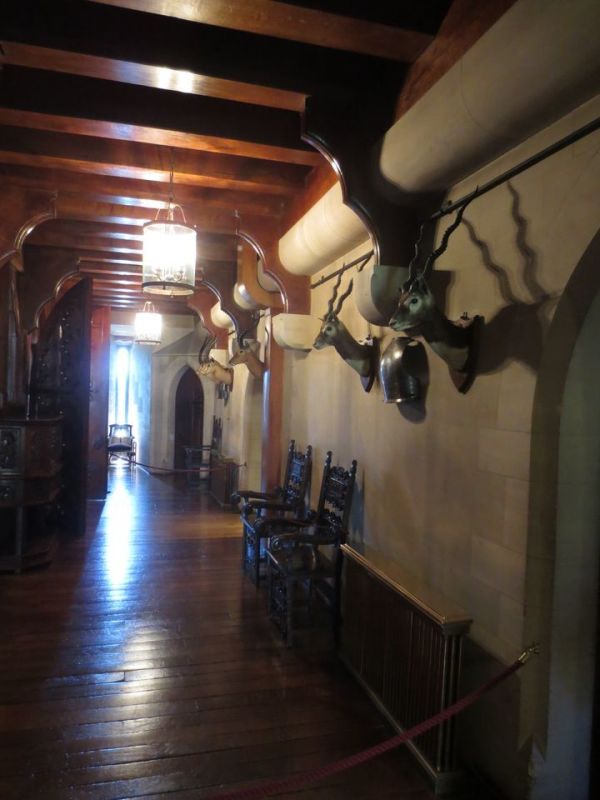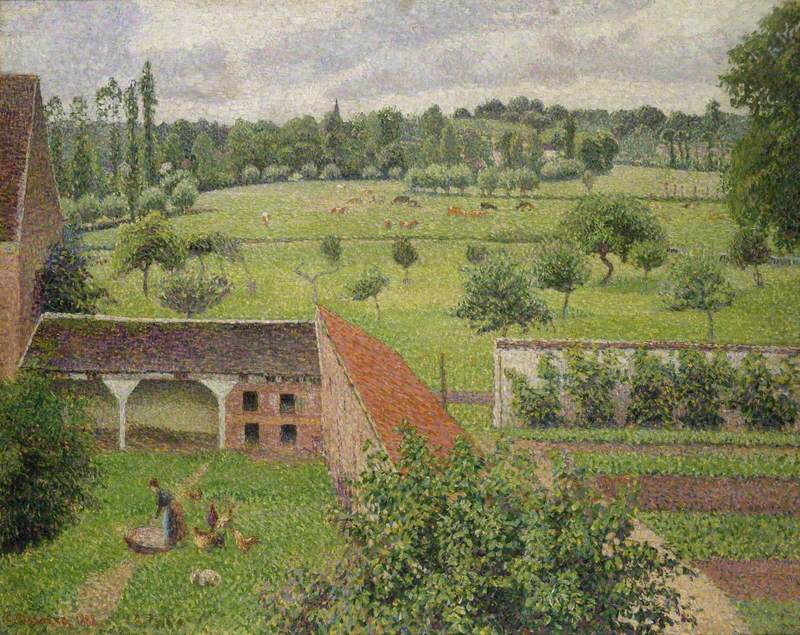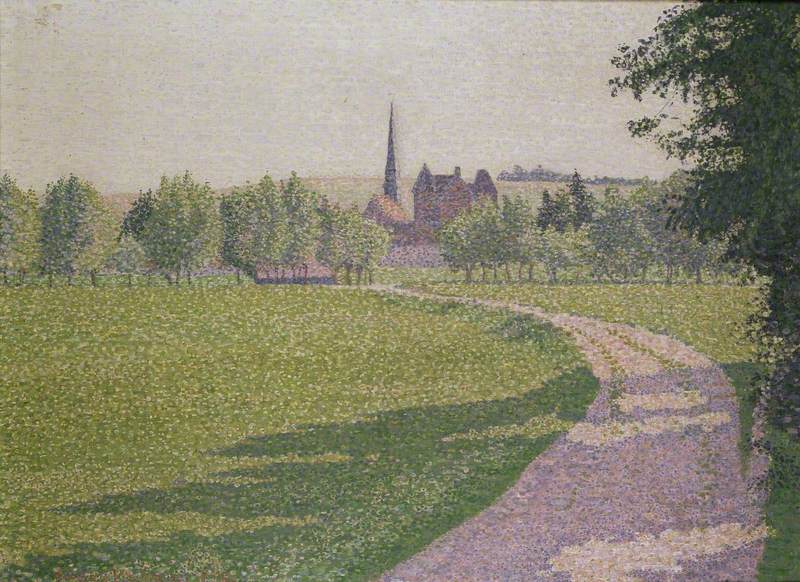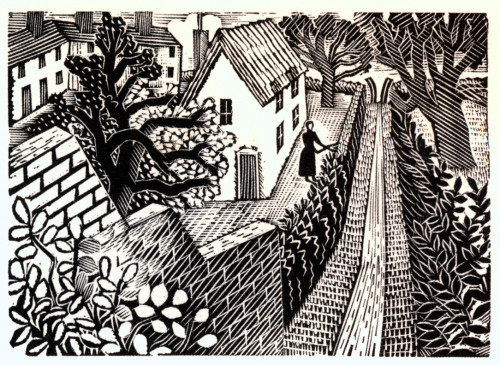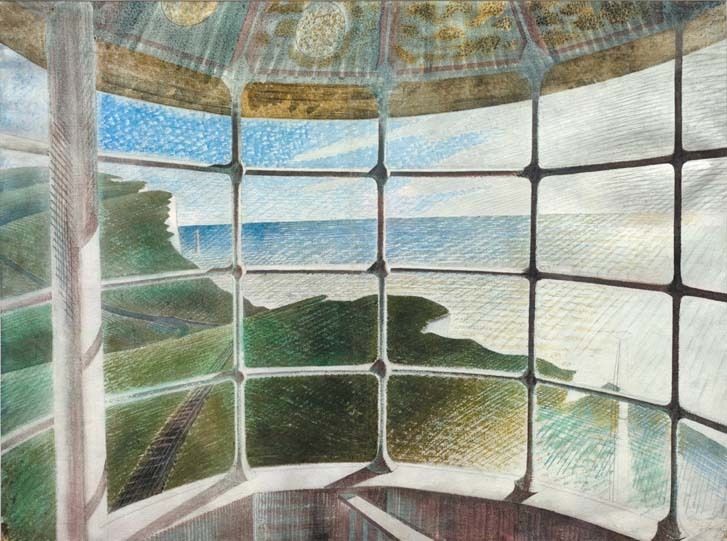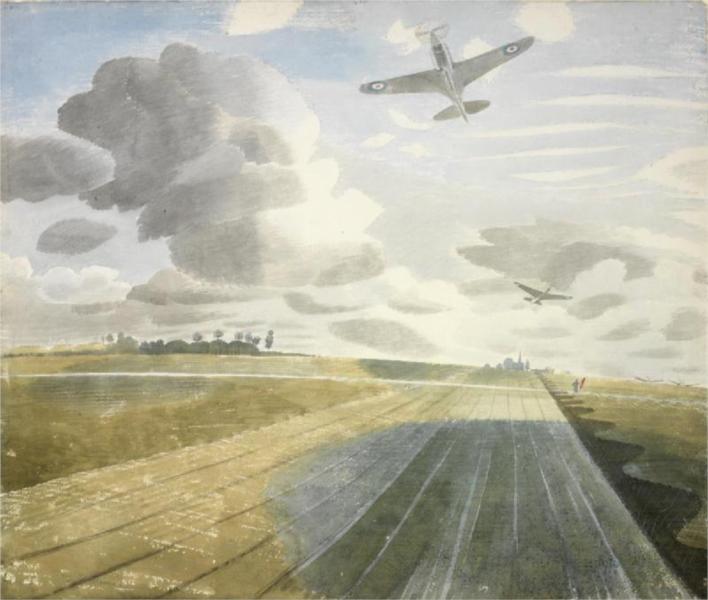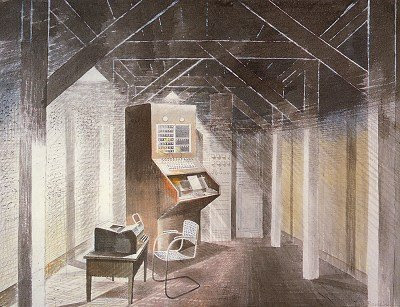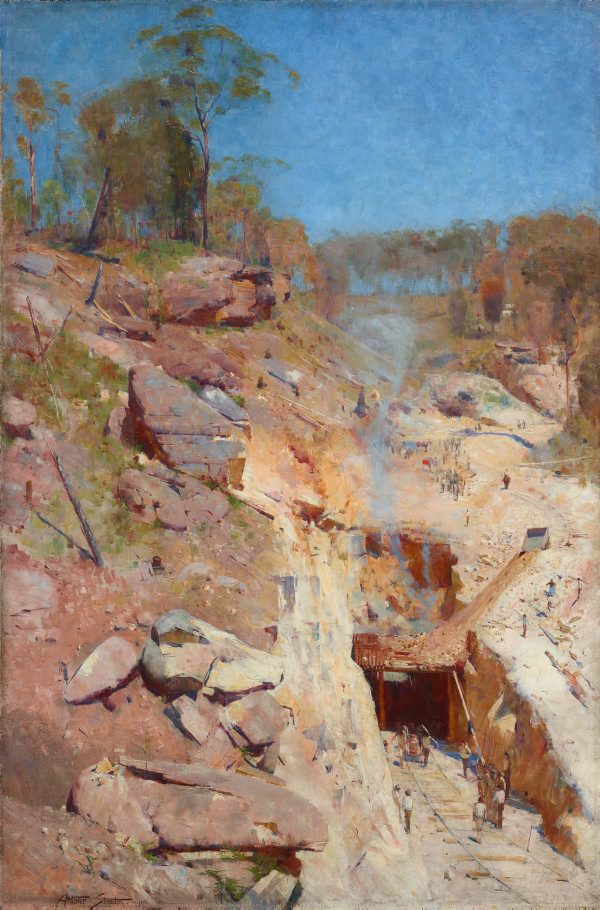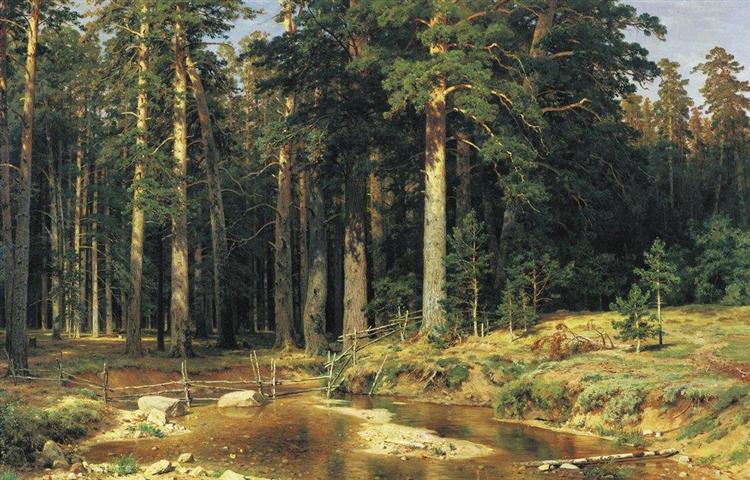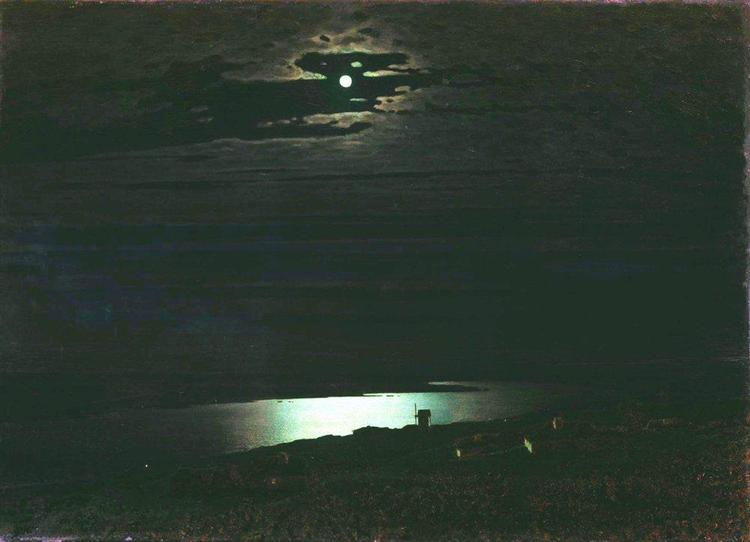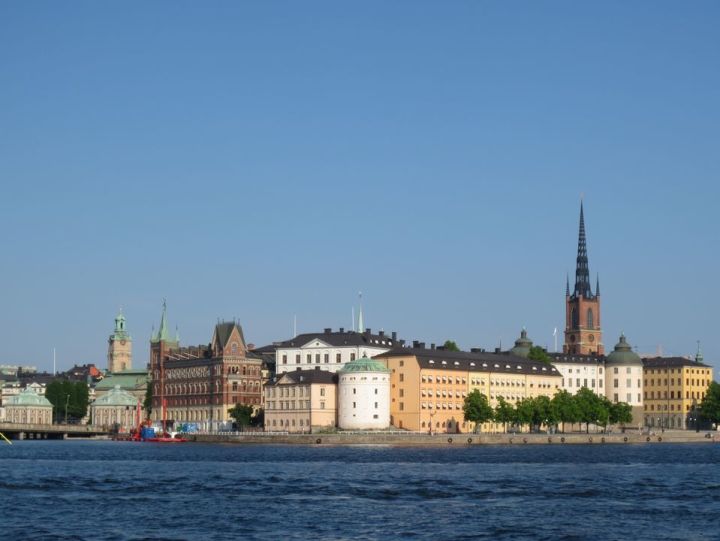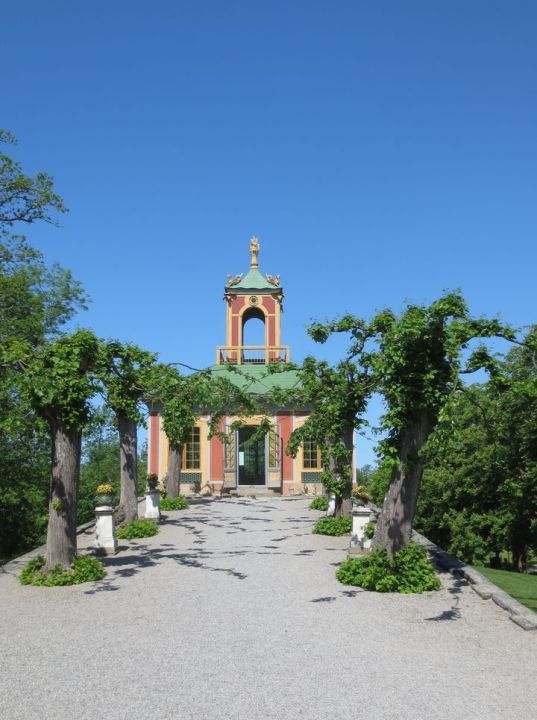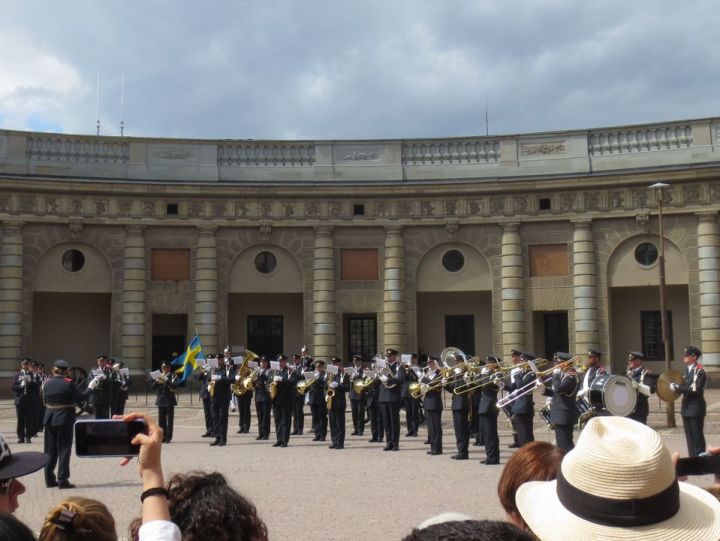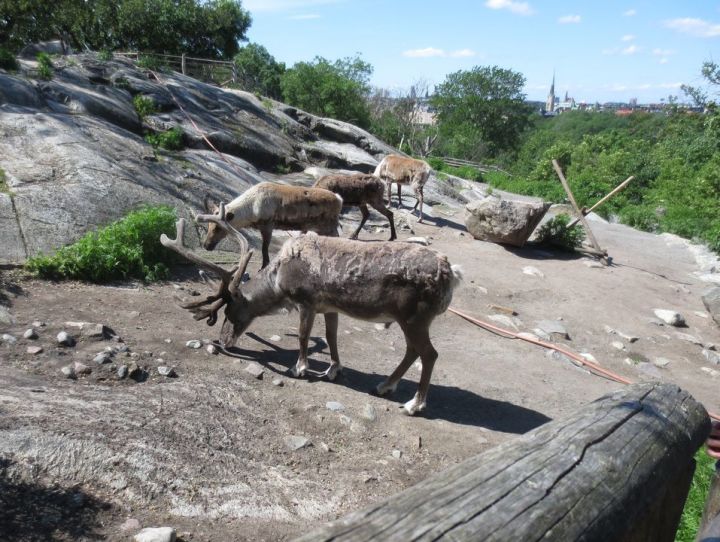The Schleswig-Holstein Question
Jun. 23rd, 2025 06:57 pmSaturday 14th: It's a prompt start but not an absurdly early one. The traffic is light and we get to the pre-booked parking on time. At Terminal 5 the baggage drop for our flight has not quite opened. The flight is a bit delayed but overall it's nothing to be that bothered about. There's an AI fail when Google tells us that Hamburg public transport operates a contactless TfL-style system; it's not true. But the ticket machines take card payments and the S-Bahn is efficient, if busy. After check-in at the hotel we take a wander around the city centre.

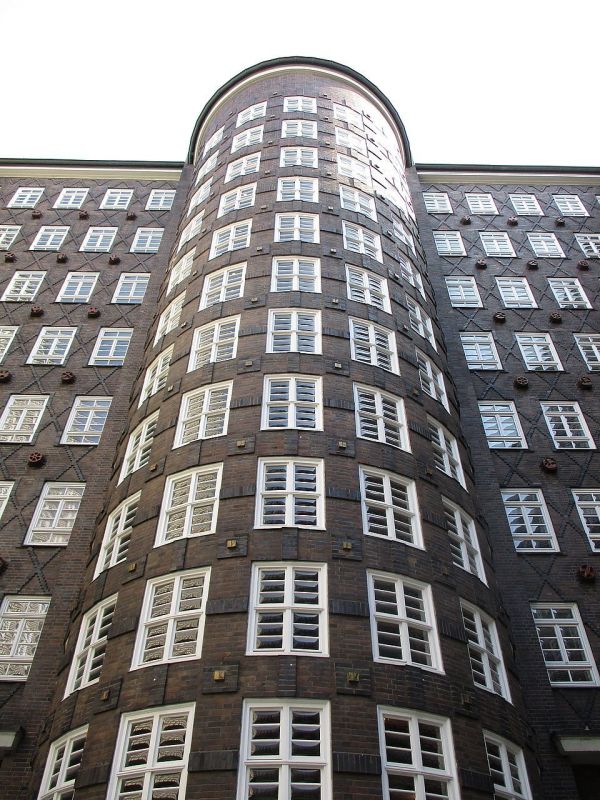
Chilehaus; Sprinkenhof
Sunday 15th: This is the one day with a poor weather forecast, so a good choice for indoor visits. We begin at the Kunsthalle, which has a newly-opened exhibition on surrealism. The works are interspersed across several floors, together with the permanent collection. Later we visit the Museum für Kunst un Gewerbe.

Model Ship at the Museum fur Kunst un Gewerbe
Monday 16th: Many museums are closed, so we choose carefully and go to the Maritime Museum. The collection is spread over nine floors and is indeed vast. So many model ships... but some are more interesting than others; my eye is caught particularly by the Polynesian catamarans. It feels perhaps that they acquired this space and then wondered how to fill it: Sections on sail shapes, ropes, materials, warfare, exploration, uniform, and art. After lunch we take in the St Nikolai Memorial; if the view from the tower is indifferent, the subterranean exhibition on the 1943 bombing raids and firestorm certainly makes an impression. Later we visit the Rickmer Rickmers, a rather odd iron-hulled sailing vessel from the late 19th century, and finally the Alter Elbtunnel, a pedestrian and bike tunnel under the river.

Lego model of the Queen Mary 2

A 4-rotor Naval Enigma machine

Tiling in the Alter Elbtunnel
Tuesday 17th: After battling the Deutsche Bahn app, we set out for Lübeck. The St-Annen Museum is variable, but an extraordinary instrument is to be found within: a Great Bass Shawm, of which there are reckoned to be only five in existence (which justifies the rubbish photo, as it's unlikely I will ever see one again).

Great Bass Shawm
By lunchtime, I realise I can no longer deny that I'm feeling under the weather, but we carry on. The Günter Grass Museum isn't that interesting to me, but there's a surprise bonus that, at the rear, it is connected by a short garden to the Willy Brandt Haus, and that's more interesting. Finally we take in the Europäisches Hansemuseum, which is quite labyrinthine.
On return to Lübeck station, we board a train. It does not leave on time. After about 10 minutes, there is an announcement. We don't catch much of it but it's clear that it is not good news and it sounds like the emergency services are attending an incident at Reinfeld. Another half hour or so passes, without much information. Even the Germans are a bit restless by now. I check for other options and find we can catch a FlixBus about an hour later. We decide to book that; then I'm informed that the bus itself is running an hour late. There are a lot of people around and although people are trying to be helpful, no-one seems to have much idea what's going on. Rail replacement buses are mooted but there's no sign of them. We decide to stick with the booked bus and when it does arrive, eventually, we feel a bit calmer about getting back to base, but it's been less than an ideal day.
Wednesday 18th: After breakfast I take a Covid test and, unsurprisingly, the result is positive. There are no restrictions, but I feel there is an ethical dimension as well as the obvious selfish practical concerns. At least we brought FFP2 masks, so I'm using that indoors for the rest of the trip. We take a more leisurely pace and go to the Brahms Museum and the Komponenistenquartier, where we learn about Telemann, CPE Bach, the Mendelssohns, Mahler, and Johan Adolf Hasse. "Oh yes, everyone has forgotten about him", says the museum guide. I buy a CD to mark my discovery. In the afternoon it's the ethnographic museum MARKK Museum am Rothenbaum, which seems to feel woke enough to excuse some of its exhibits, but not enough to remove or reset them.


Brahms's Piano; Mahler's Bicycle
Thursday 19th: The worst of the fever is past, and we venture to Bremen. They say UK rail ticketing is Byzantine, but the Germans seem to be our equal; it's as if it was a different train operator. We wander around the town centre, and in the afternoon visit the Kunsthalle. As elsewhere, there are quite a lot of notices about how museums are trying to ensure the provenance of their works, and make any necessary restitutions of wartime-misappropriated works. Unusually, there's an interesting contemporary film running in the museum, of a concrete boat from the Third Reich, now abandoned and decaying on a sandbank. It seems an appropriate metaphor for the far right: ugly, rotten, but difficult to destroy.

The Musicians of Bremen
Friday 20th: R is now unwell too. Based on timing, I believe I contracted Covid on my last visit to London (there were an awful lot of coughing people on the train that day); it's possible I have passed it to him, but that seems quite quick after developing symptoms, and there were also people coughing on the plane. Anyhow, we wander around the city centre again in the morning, including a return to the Dammtorpark.

Japanischer Garten
In the afternoon, we take a shorter trip to Lüneberg, which is pretty. The Nazi surrender took place at Lüneberg Heath, a few miles distant, and it's easy to imagine Monty turning up, saying "I say! This is a damned pretty spot. Let's have Jerry surrender here!" It probably wasn't quite as simple as that.
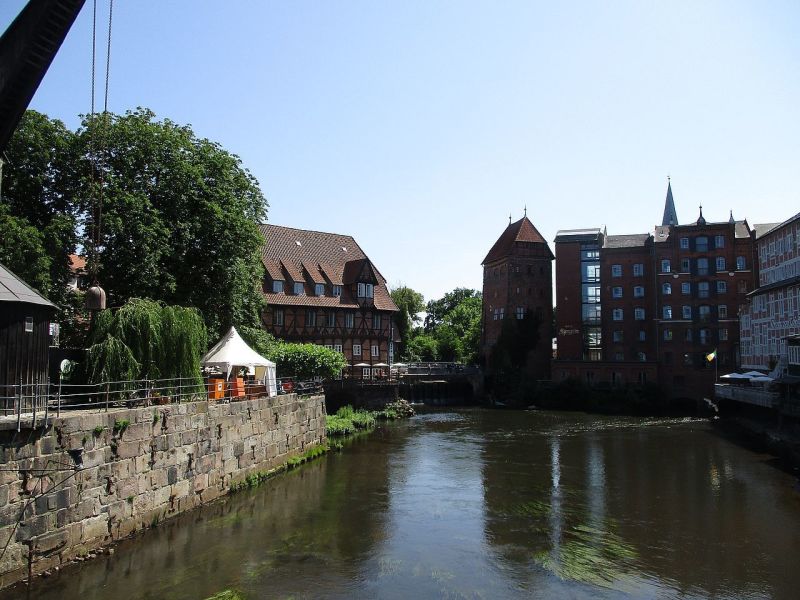
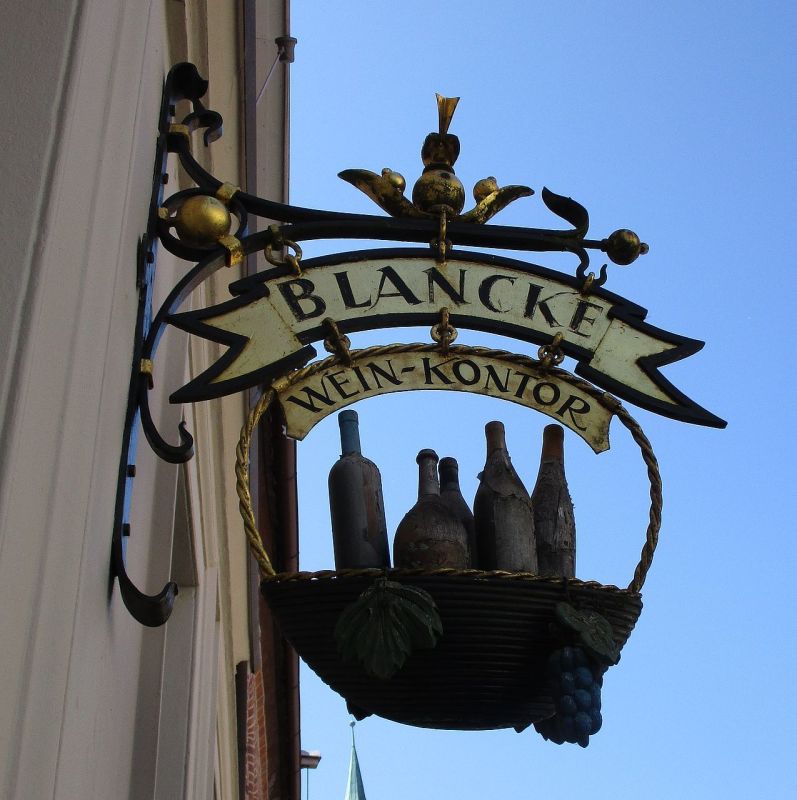
Lüneberg
Saturday 21st:A short morning in the city centre, before it's time to head back to the airport. The return flight is smooth, although the baggage reclaim at Terminal 5 takes more than an hour for reasons unknown.








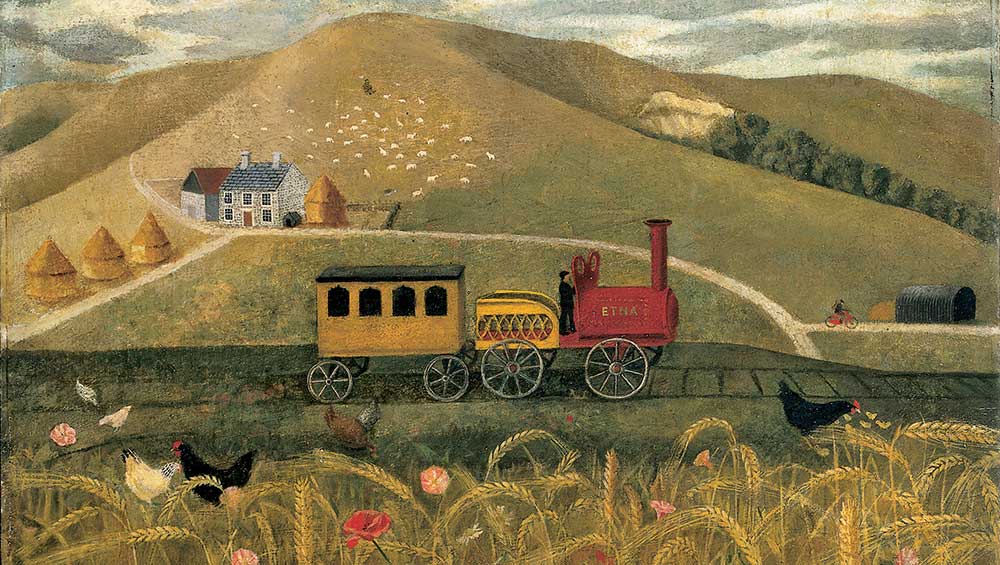




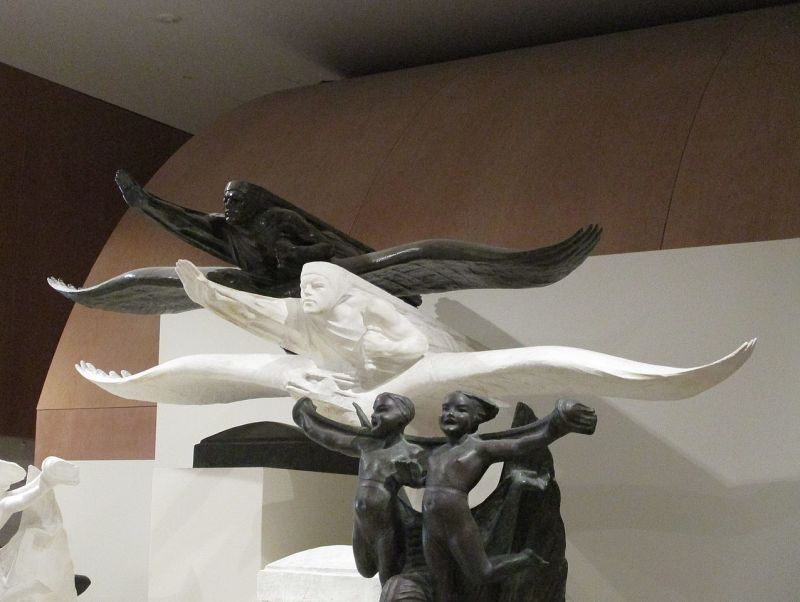
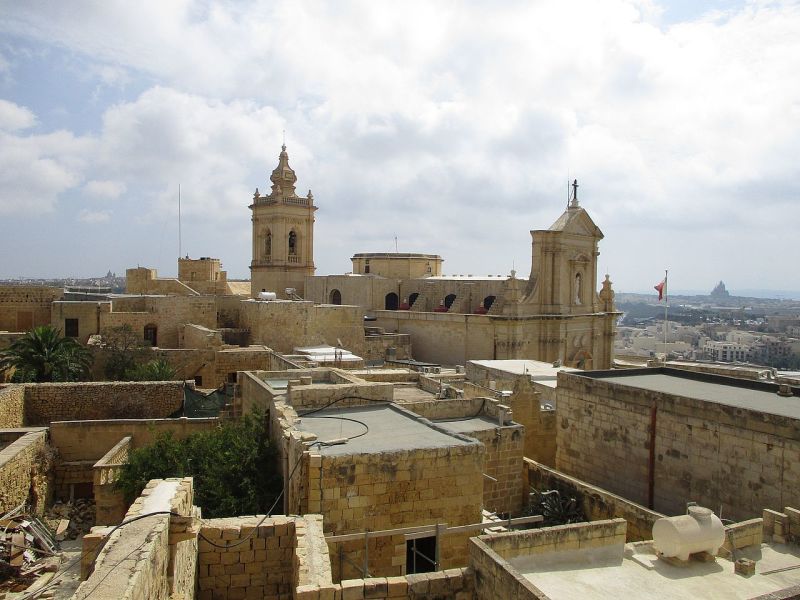
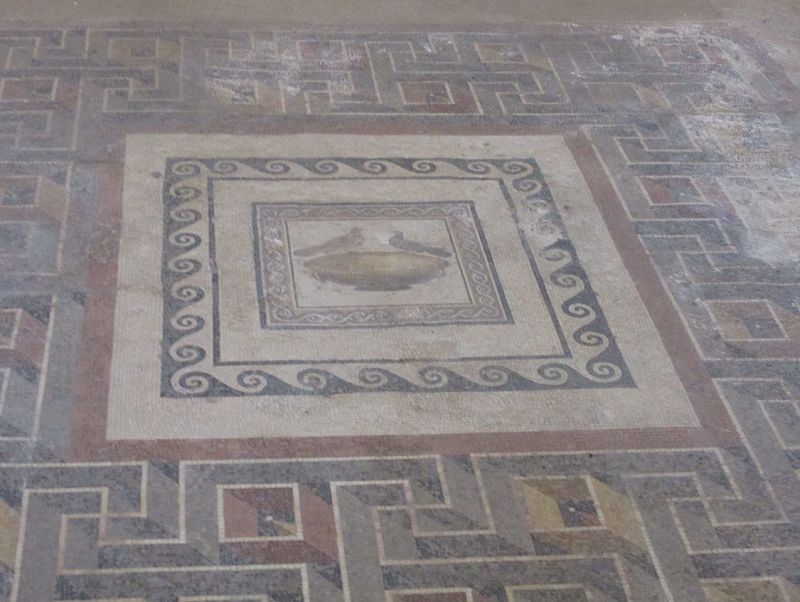
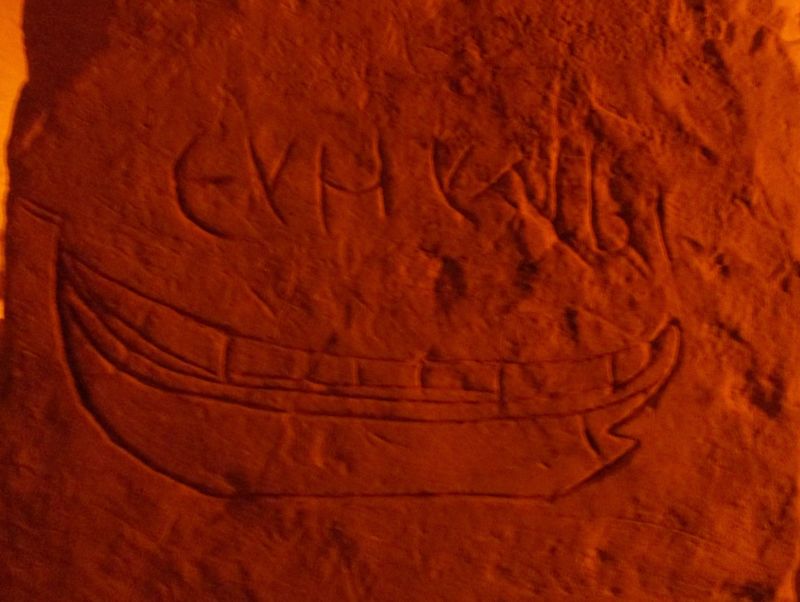
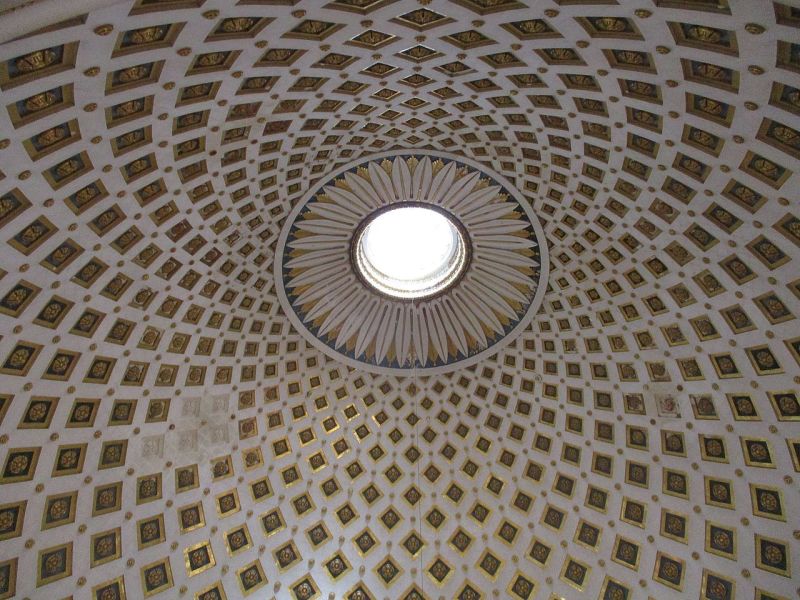

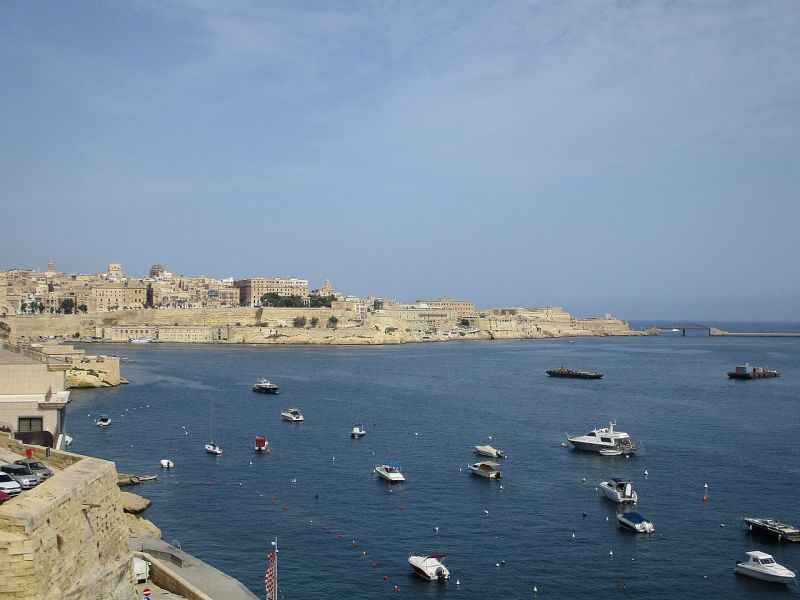
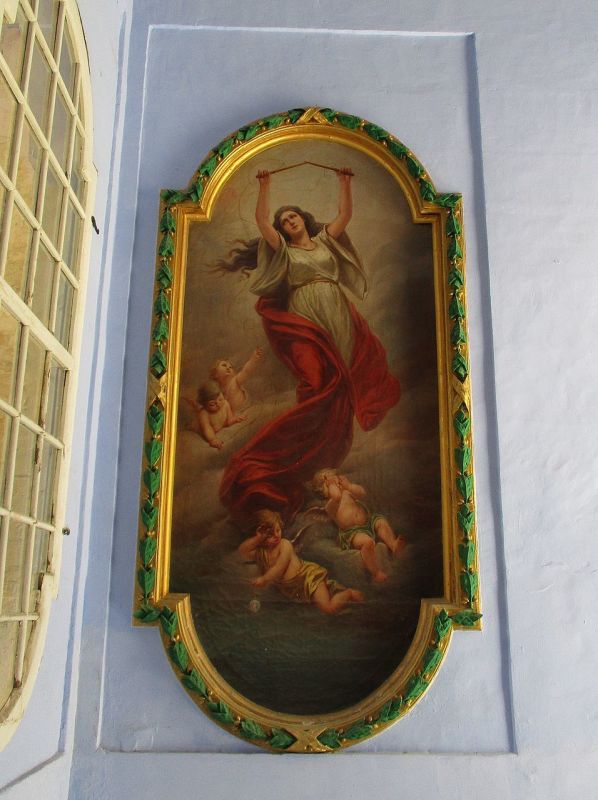

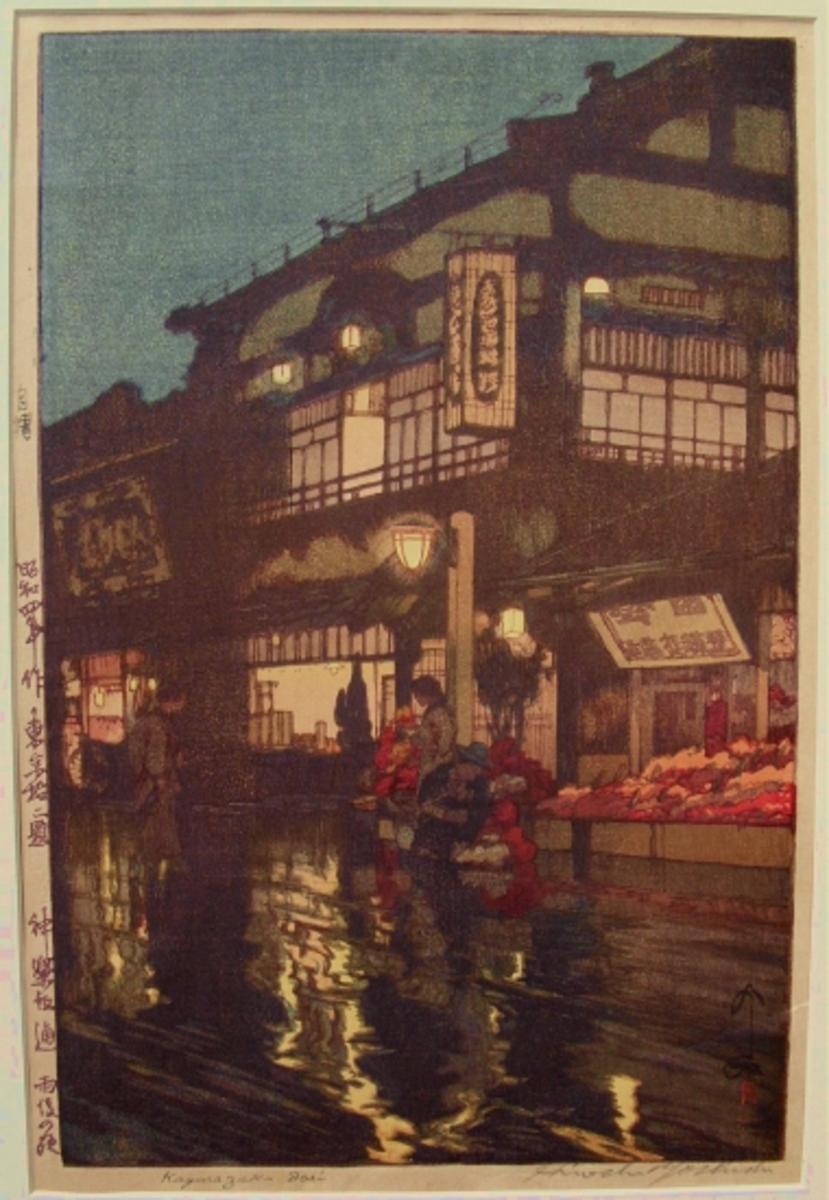



.jpg)


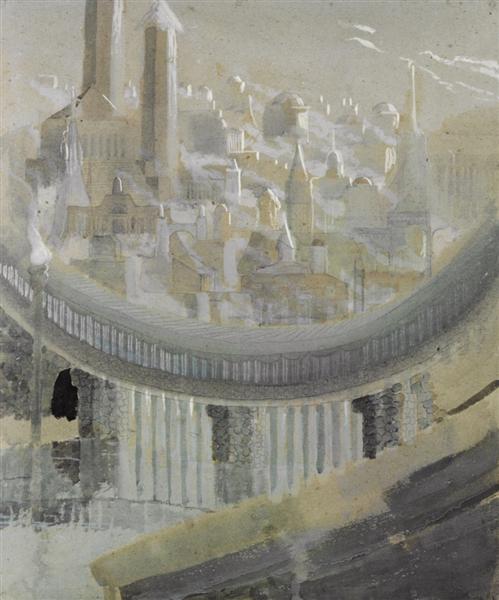
.jpg!Large.jpg)







